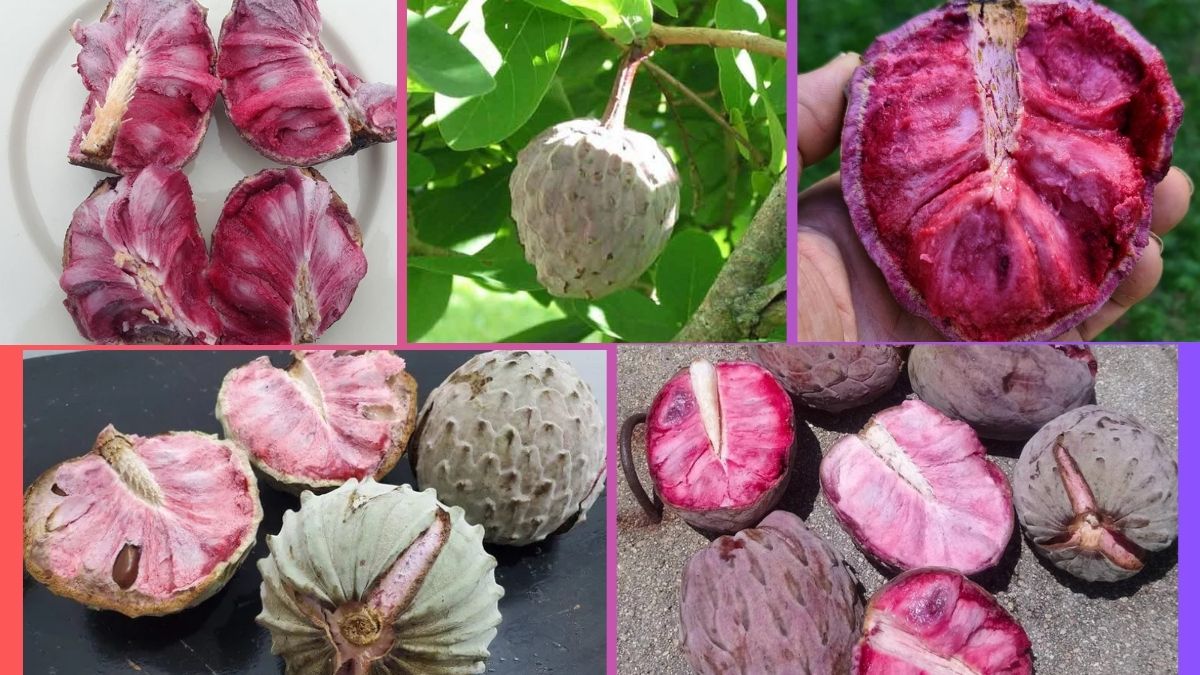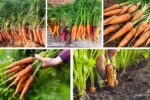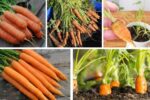Among the lesser-known yet highly treasured tropical fruits of Central America is the Ilama (Annona diversifolia), a close relative of other exotic fruits like cherimoya, soursop, and atemoya. Known for its distinctive scaly green or pink skin and aromatic, custard-like flesh, Ilama is beloved for its complex, sweet-tart flavor and cooling qualities in hot climates.
Though it remains a niche, regionally cultivated fruit rather than a global commodity, there’s growing interest in Ilama for its rich nutritional profile and potential as a specialty fruit in export markets.
So, which country is the largest Ilama producer globally?
The answer is consistent and well-supported by historical, agricultural, and economic evidence: Guatemala.
This article explores the origins, botany, cultural relevance, growing regions, production data, and why Guatemala leads global Ilama production.
What is Ilama?
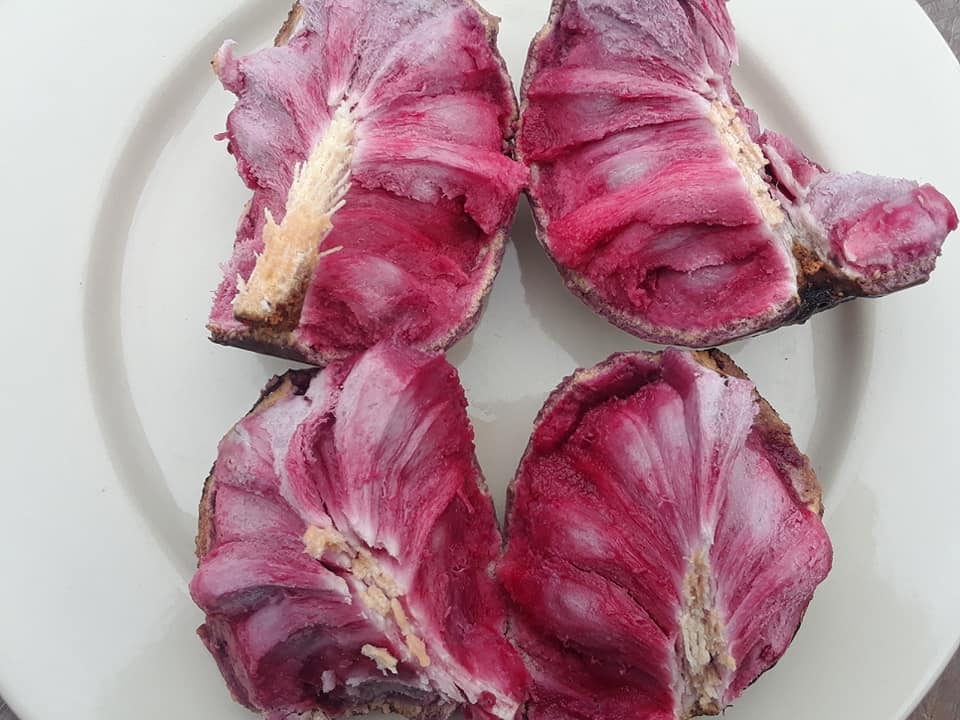
Ilama is a tropical fruit native to southern Mexico, Guatemala, El Salvador, and Honduras. It belongs to the Annonaceae family, which also includes popular tropical fruits like soursop (Annona muricata) and sugar apple (Annona squamosa).
The Ilama fruit is:
- Heart-shaped or rounded
- Covered in soft protruding scales or ridges
- Either green or pink when ripe, depending on variety
- Contains aromatic, soft, white or pink pulp
- Embedded with several brown or black seeds
Ilama’s flesh is sweet with a subtle tartness and floral notes, often described as one of the finest-tasting tropical fruits when fully ripe.
History and Cultural Importance
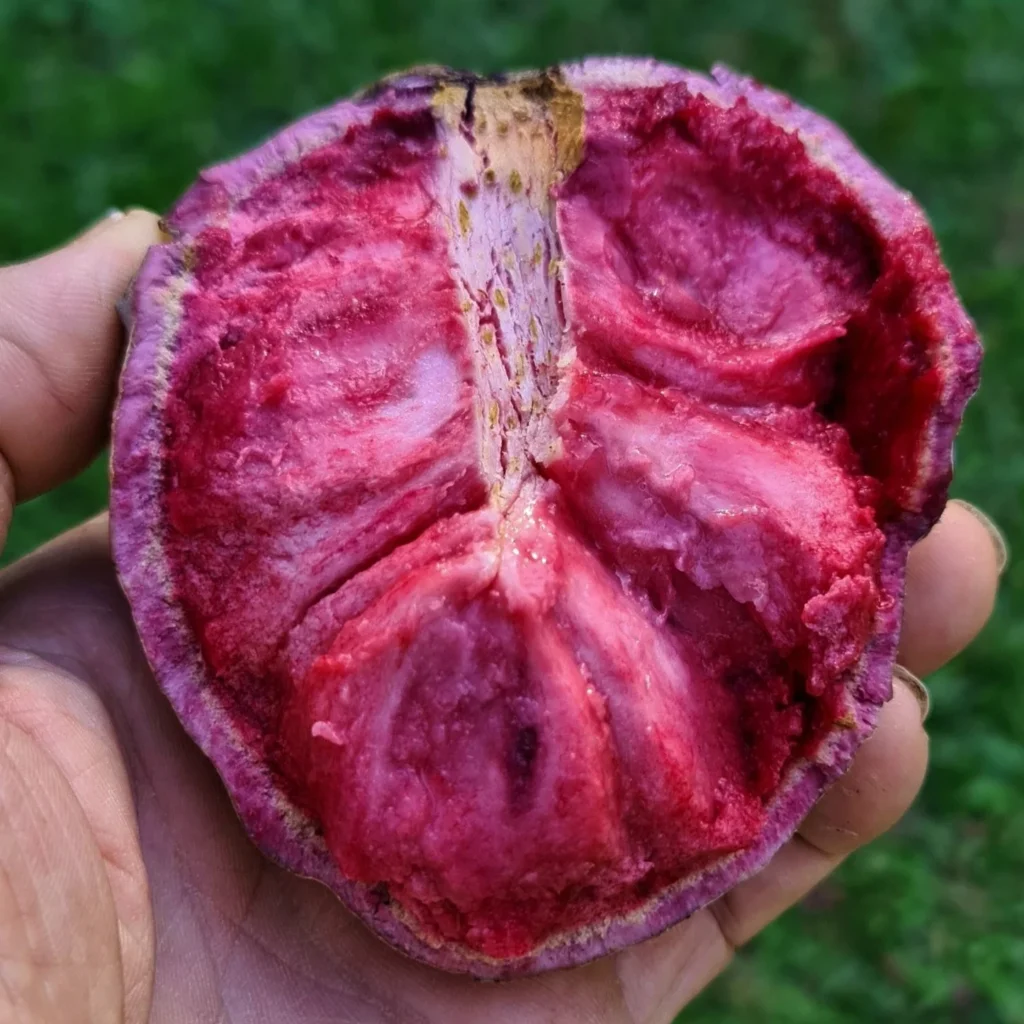
Ilama has a rich cultural history dating back to pre-Columbian Mesoamerica, where it was cultivated by the Maya and Aztec civilizations for its refreshing, nutritious pulp. Its indigenous name is believed to derive from the Nahuatl word ilamatzapotl, meaning “old woman’s sapote.”
In modern times, Ilama continues to be:
- Eaten fresh as a seasonal delicacy
- Used in traditional beverages and desserts
- Valued for its cooling effect during hot weather
- Praised in herbal medicine for its antioxidant and digestive benefits
It remains especially prized in Guatemala, where annual festivals and markets celebrate its brief but eagerly awaited harvest season.
Where is Ilama Grown Globally?
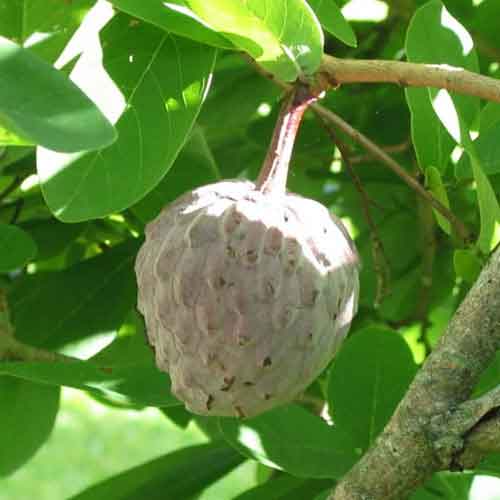
Native and Cultivated Regions
Ilama thrives in:
- Tropical to subtropical lowlands
- Elevations from 300 to 1,500 meters (1,000–4,900 feet)
- Warm, moderately humid climates
- Well-drained, sandy-loam or volcanic soils
The primary growing regions include:
- Guatemala (largest)
- Southern Mexico (Chiapas, Oaxaca)
- El Salvador
- Honduras
- Nicaragua (minor production)
While experimental cultivation has been attempted in Florida (USA) and parts of the Philippines, commercial production remains negligible outside Central America.
Why is Guatemala the Largest Ilama Producer?
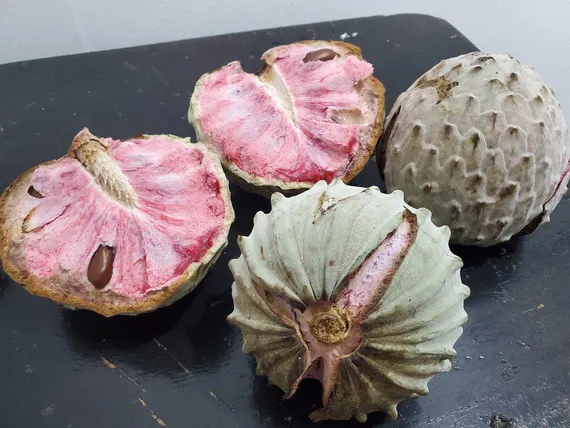
Several factors explain why Guatemala is the leading Ilama producer:
Native Origin and Genetic Diversity
Guatemala is considered the center of origin for Ilama, harboring rich genetic diversity of both green and pink varieties. Wild and semi-wild Ilama trees are commonly found in rural areas, farms, and forest edges.
Favorable Agro-Climatic Conditions
The country’s diverse tropical microclimates — especially in departments like:
- Suchitepéquez
- Retalhuleu
- Chiquimula
- Escuintla
- Jutiapa
offer optimal conditions for Ilama cultivation, with well-distributed rainfall, volcanic soils, and moderate altitudes.
Strong Cultural and Market Demand
In Guatemala, Ilama is more than a fruit; it’s a seasonal highlight featured in:
- Summer street markets
- Cultural food festivals
- Traditional desserts and drinks
The fruit is so culturally significant that it often fetches premium prices during its peak season (April to July).
Smallholder and Wild Production Networks
Much of Guatemala’s Ilama comes from smallholder farms, home gardens, and uncultivated wild trees. These decentralized, biodiverse production systems contribute both to food security and genetic preservation.
Ilama Production Statistics
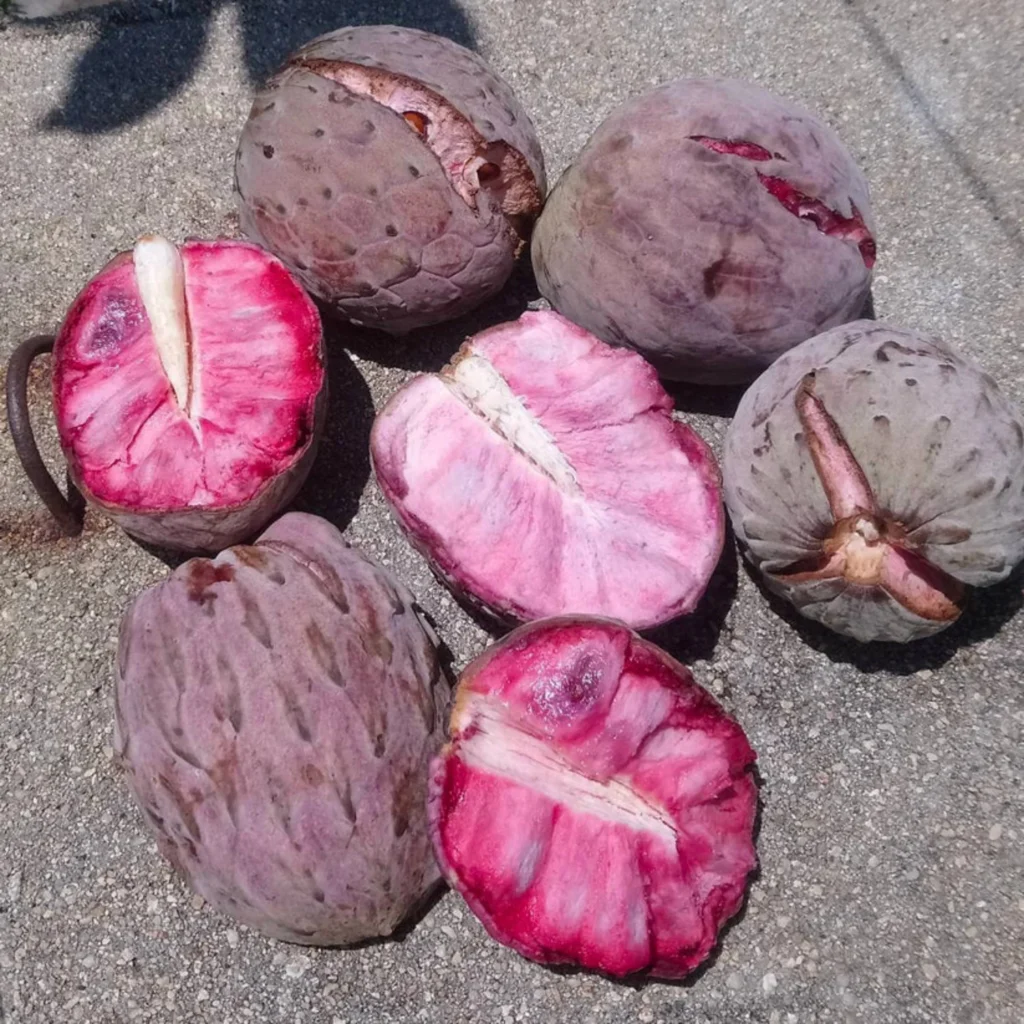
Due to Ilama’s niche status and largely informal market trade, comprehensive global statistics are limited. However, agricultural research publications and market assessments estimate:
- Guatemala produces 5,000–6,000 metric tonnes of Ilama annually
- This represents over 70–75% of total global Ilama production
- Southern Mexico follows with much smaller, localized harvests mainly for domestic consumption
No other country currently cultivates Ilama on a comparable commercial scale.
Nutritional and Health Benefits
Ilama is a nutrient-dense fruit, offering:
- High vitamin C
- Dietary fiber
- Calcium and potassium
- Natural antioxidants like flavonoids and polyphenols
Health Benefits
Traditional uses and emerging nutritional studies highlight Ilama’s potential to:
- Boost immune health
- Improve digestion
- Reduce oxidative stress
- Support cardiovascular function
- Provide a low-calorie, hydrating snack
Its pulp is also valued for its gentle laxative effect and soothing properties for gastritis.
Culinary and Commercial Uses
While largely consumed fresh, Ilama’s versatility extends to:
- Smoothies and milkshakes
- Ice creams and sorbets
- Fruit-based desserts
- Traditional cooling beverages
In rural Guatemalan communities, it’s often paired with milk, cream, or lime juice for a classic summer treat.
As interest in exotic fruits grows in gourmet, organic, and functional food sectors, Ilama holds untapped commercial potential for:
- Nutraceutical extracts
- Dessert and beverage industries
- Premium fruit markets in North America and Europe
Export Markets and Future Outlook
At present, Ilama exports are minimal, largely restricted to informal cross-border trade between Guatemala, El Salvador, and Mexico. However:
- Rising interest in tropical superfruits
- The global boom in plant-based and health-centric diets
- Demand for exotic fruit flavors in desserts and natural beverages
are driving conversations around scaling up sustainable Ilama production and formalizing export infrastructure.
Opportunities exist for value-added products like:
- Freeze-dried Ilama snacks
- Pulp concentrates for smoothies and ice creams
- Herbal teas and supplements derived from its antioxidant-rich flesh
Conclusion
To conclusively address the thesis question:
Guatemala is the largest Ilama producer globally.
Thanks to its:
- Native origin and unmatched genetic diversity
- Favorable tropical agro-climates
- Rich cultural appreciation and seasonal demand
- Widespread smallholder and wild tree networks
Guatemala produces over 70% of the world’s Ilama, making it the undisputed leader in this niche but highly prized tropical fruit sector.
As global interest in exotic, nutrient-dense fruits rises, Guatemala’s position as the heartland of Ilama cultivation offers promising opportunities for both local farmers and international markets — whether through fresh exports, value-added goods, or ecotourism centered around its rich agrobiodiversity.
